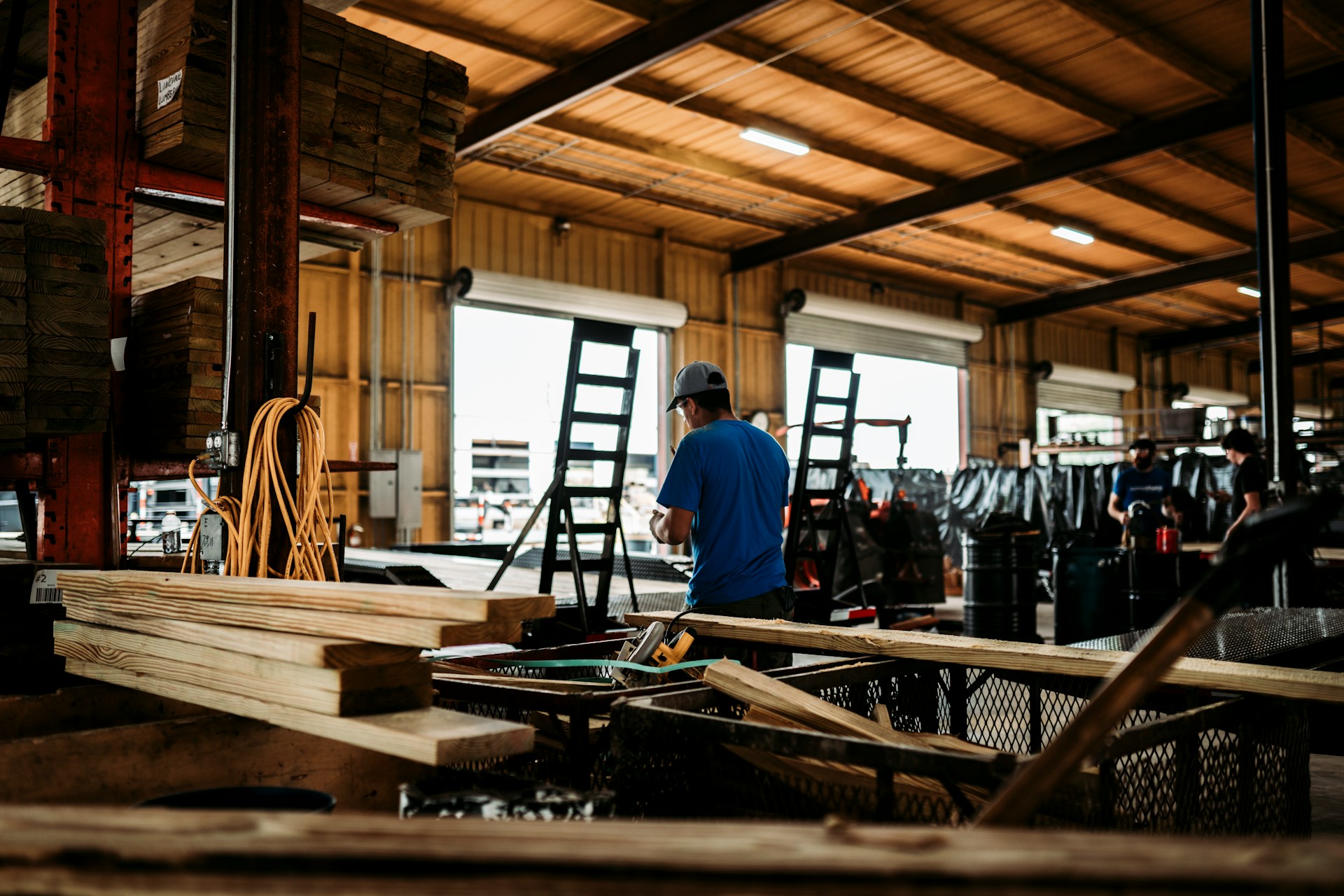In the workshops and construction sites of New Zealand, tradesmen often find themselves creating ingenious tools to tackle unique challenges. The story of Mike, a skilled carpenter in Auckland, demonstrates the importance of protecting these innovative tools through the patenting process.
A Tale of Innovation in the Workshop
Mike, passionate about delivering high-quality craftsmanship, faced a recurring issue in his woodworking projects. Traditional tools fell short of meeting his specific needs, prompting him to design a unique cutting tool that streamlined his workflow and significantly enhanced precision.
As word of Mike’s innovative tool spread, other tradies admired its efficiency and expressed interest in acquiring a similar tool for their own projects. Mike consulted with a patent attorney in Auckland so that he could understand the best way forward.
The Relevance of Patenting for Tradesmen
Mike’s experience mirrors that of many tradesmen who develop specialized equipment to address specific challenges in their work. The question arises: How can tradesmen like Mike protect their unique tools and innovations? The answer lies in understanding the patenting process tailored for the tools of the tradies.
Understanding the Patenting Landscape
Novelty, Inventive Step, and Industrial Applicability
To initiate the discussion, let’s go over one of the most basic rules for patenting in New Zealand. Your tool must be novel, involving an inventive step that sets it apart from existing tools. Additionally, it should have industrial applicability, proving its practical use in the trades.
Real-Life Examples: Tools That Made the Cut
Consider the success story of a plumber in Auckland who developed a specialized pipe-cutting tool, revolutionizing plumbing processes. By patenting his invention, he not only protected his innovation but also established a unique selling point in a competitive market.
Navigating the Patenting Process
Documentation and Record-Keeping
Tradesmen often shy away from the bureaucratic aspects of patenting, but meticulous documentation is key. Keep a detailed record of your tool’s development, including design sketches, prototypes, and any improvements made along the way.
Practical Tips: Engaging Professional Assistance
While the patenting process may seem complex, seeking guidance from a patent attorney experienced in trade tools can simplify the journey. They can help translate technical details into the language of patent applications and ensure your submission aligns with New Zealand patent regulations.
Practical Tips and Tricks for Tradesmen
Filing Provisional Applications Strategically
Consider filing a provisional patent application as an initial step. This provides a priority date for your invention and allows you more time to refine and assess its commercial viability before committing to the full patent process.
Strategic Licensing for Tradesmen
Explore the potential for licensing your patented tool to manufacturers or distributors. This can not only generate additional income but also expand the reach of your innovation.
Conclusion: Empowering Tradesmen Through Patenting
As we conclude our discussion, it becomes evident that patenting unique equipment is not merely a legal process but a strategic move for tradesmen. The protection it offers ensures that your inventive tools remain assets, fostering innovation within the trades and contributing to the growth of the industry.
So, tradies, seize the opportunity to safeguard your ingenious tools and navigate the patenting landscape with confidence. Your unique equipment deserves the recognition and protection that comes with a well-executed patent.


